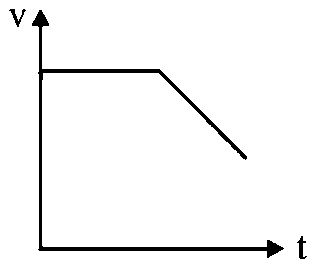Top Previous Year Questions - Motion In One Dimension
Question
Train and train are running on parallel tracks in the opposite directions with speed of and , respectively. A person is walking in train in the direction opposite to its motion with a speed of . Speed of this person as observed from train will be close to: (take the distance between the tracks as negligible)
JEE Main 2020 (02 Sep Shift 1)
Options
- A:
- B:
- C:
- D:
Explaination
Question
A tennis ball is released from a height and after freely falling on a wooden floor it rebounds and reaches height . The velocity versus height of the ball during its motion may be represented graphically by: (graphs are drawn schematically and on not to scale)
JEE Main 2020 (04 Sep Shift 1)
Options
-
A:
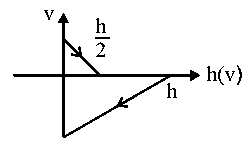
-
B:
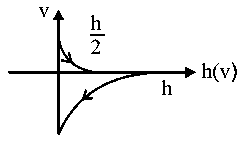
-
C:
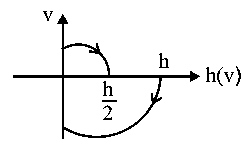
-
D:
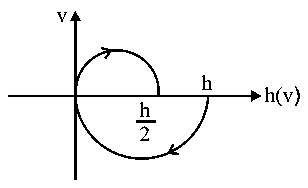
Explaination
Question
The velocity and time graph of a body in a straight line motion is shown in the figure. The point is at seconds. The total distance covered by the body in is :
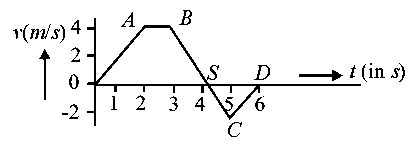
JEE Main 2020 (05 Sep Shift 2)
Options
- A:
- B:
- C:
- D:
Explaination
Question
A particle is moving along the -axis with its coordinate with time given by Another particle is moving along the -axis with its coordinate as a function of time given by At the speed of the second particle as measured in the frame of the first particle is given as Then is ___________.
JEE Main 2020 (08 Jan Shift 1)
Enter your answer
Explaination
Question
The relation between time and distance for a moving body is given as , where and are constants. The retardation of the motion is: (When stands for velocity)
JEE Main 2021 (25 Jul Shift 2)
Options
- A:
- B:
- C:
- D:
Explaination
Question
A ball is thrown up with a certain velocity so that it reaches a height Find the ratio of the two different times of the ball reaching in both the directions.
JEE Main 2021 (27 Jul Shift 1)
Options
- A:
- B:
- C:
- D:
Explaination
Question
A particle is moving with constant acceleration Following graph shows versus (displacement) plot. The acceleration of the particle is _________ 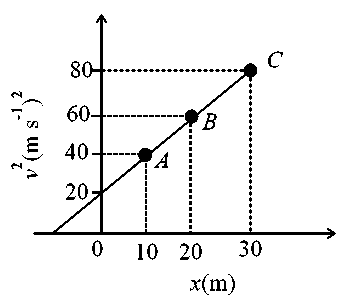
JEE Main 2021 (31 Aug Shift 2)
Enter your answer
Explaination
Question
A bullet is shot vertically downwards with an initial velocity of from a certain height. Within , the bullet reaches the ground and instantaneously comes to rest due to the perfectly inelastic collision. The velocity-time curve for total time will be : (Take )
JEE Main 2022 (27 Jul Shift 1)
Options
-
A:
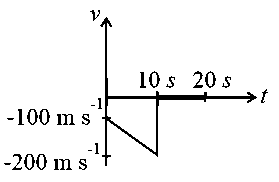
-
B:
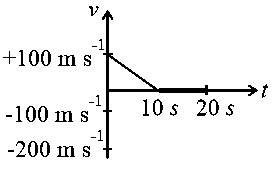
-
C:
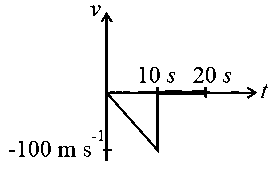
-
D:
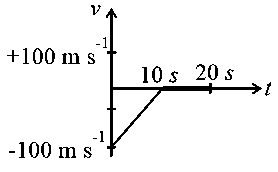
Explaination
Question
A juggler throws balls vertically upwards with same initial velocity in air. When the first ball reaches its highest position, he throws the next ball. Assuming the juggler throws balls per second, the maximum height the balls can reach is
JEE Main 2022 (29 Jul Shift 2)
Options
- A:
- B:
- C:
- D:
Explaination
Question
From the top of a tower, a ball is thrown vertically upward which reaches the ground in . A second ball thrown vertically downward from the same position with the same speed reaches the ground in . A third ball released, from the rest from the same location, will reach the ground in _____ s.
JEE Main 2022 (24 Jun Shift 1)
Enter your answer
Explaination
Question
The position-time graphs for two students and returning from the school to their homes are shown in figure.
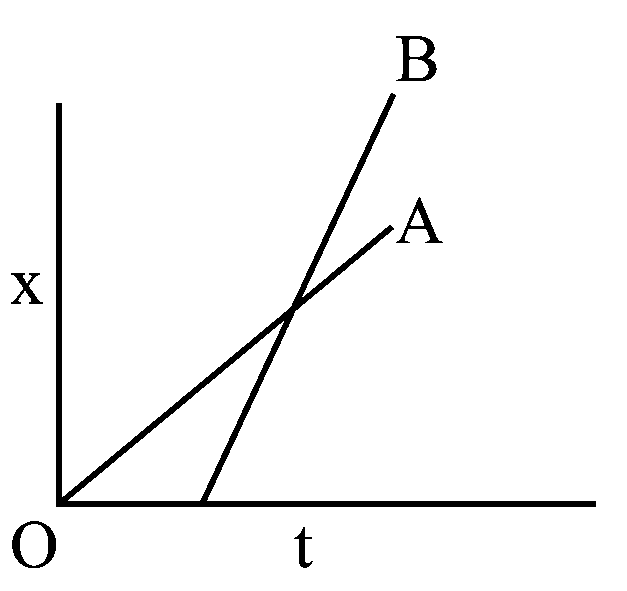
(A) lives closer to the school
(B) lives closer to the school
(C) takes lesser time to reach home
(D) travels faster than
(E) travels faster than
Choose the correct answer from the options given below
JEE Main 2023 (10 Apr Shift 1)
Options
- A: and only
- B: and only
- C: and only
- D: and only
Explaination
Question
For a train engine moving with speed of , the driver must apply brakes at a distance of before the station for the train to come to rest at the station. If the brakes were applied at half of this distance, the train engine would cross the station with speed . The value of is ______. (Assuming same retardation is produced by brakes)
JEE Main 2023 (01 Feb Shift 2)
Enter your answer
Explaination
Question
A particle of mass moves in a straight line with retardation where is the displacement in units. Its loss of kinetic energy for above displacement is The value of will be
JEE Main 2023 (06 Apr Shift 1)
Enter your answer
Explaination
Question
A body projected vertically upwards with a certain speed from the top of a tower reaches the ground in $t_1$. If it is projected vertically downwards from the same point with the same speed, it reaches the ground in $t_2$. Time required to reach the ground, if it is dropped from the top of the tower, is :
JEE Main 2024 (06 Apr Shift 2)
Options
- A: $\sqrt{t_1 t_2}$
- B: $\sqrt{t_1+t_2}$
- C: $\sqrt{t_1-t_2}$
- D: $\sqrt{\frac{t_1}{t_2}}$
Explaination
Question
The relation between time ‘’ and distance ‘’ is , where and are constants. The relation between acceleration and velocity is:
JEE Main 2024 (31 Jan Shift 1)
Options
- A:
- B:
- C:
- D:
Explaination
Question
A particle starts from origin at with a velocity and moves in plane under action of a force which produces a constant acceleration of . If the -coordinate of the particle at that instant is , then the speed of the particle at this time is . The value of is _______.
JEE Main 2024 (27 Jan Shift 1)
Enter your answer
Explaination
Question
A bullet is fired into a fixed target looses one third of its velocity after travelling . It penetrates further before coming to rest. The value of is :
JEE Main 2024 (27 Jan Shift 2)
Options
- A:
- B:
- C:
- D:
Explaination
Question
A small steel ball is dropped into a long cylinder containing glycerine. Which one of the following is the correct representation of the velocity time graph for the transit of the ball?
JEE Main 2024 (31 Jan Shift 1)
Options
-
A:
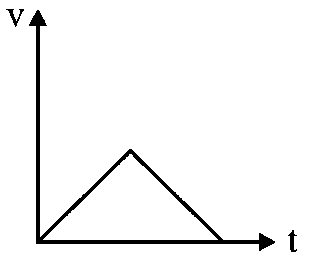
-
B:
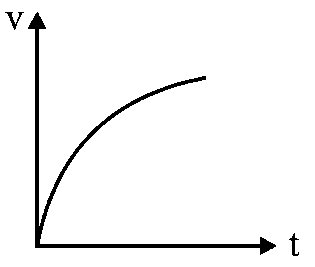
-
C:
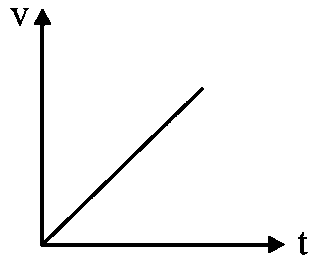
-
D:
